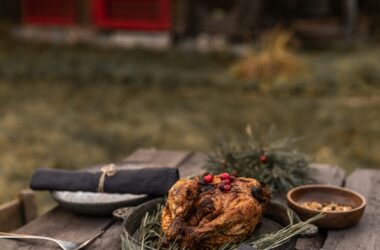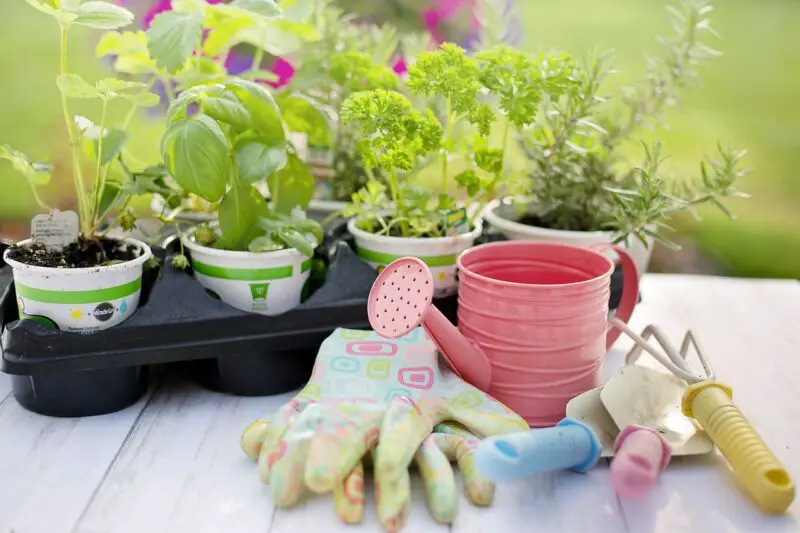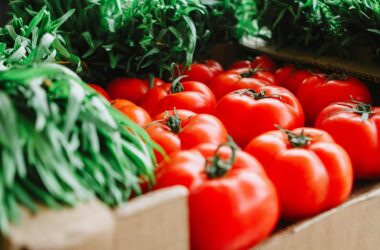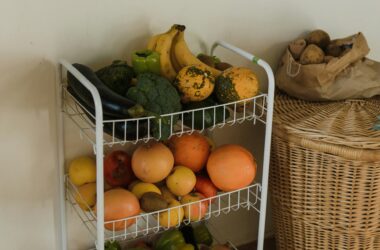As a passionate gardener, I know how overwhelming it can be to navigate the vast world of gardening tools and equipment. Whether you’re a seasoned green thumb or just starting out, having the right tools can make all the difference in the success of your gardening endeavors.
In this article, I’ll share my insights on the essential gardening tools and equipment you need to cultivate a thriving garden. We’ll dive into the different types of tools, discuss factors to consider when selecting them, and explore tips for maintaining your gardening gear.
So, let’s get started!
Why Investing in Quality Tools is Important for Gardening
As a gardener, you know that having the right tools can make all the difference. But have you ever stopped to think about why investing in quality gardening tools is so important?
Well, let me tell you – it’s a game-changer, my friend.
The Benefits of Quality Gardening Tools
Think about it this way – would you try to build a house with a dull saw and a wobbly hammer? Of course not! The same principle applies to gardening. Quality tools not only make your gardening tasks more efficient, but they also last longer and reduce the risk of injury.
When you invest in well-made, ergonomic gardening tools, you’re setting yourself up for success. These tools will save you time, effort, and even money in the long run. Plus, there’s something incredibly satisfying about using a sharp, well-maintained trowel or a sturdy pair of pruners.
Durability and Comfort
Quality gardening tools are built to last. They’re made from durable materials that can withstand the rigors of regular use, whether you’re digging, pruning, or hauling around bags of soil.
And let’s not forget about comfort. Ergonomic design is key when it comes to gardening tools. You want tools that fit your hand comfortably and reduce strain on your body. Trust me, your back and wrists will thank you.
Safer Gardening
Dull, poorly-made tools can be a real hazard in the garden. They’re more likely to slip, break, or cause injury. Quality tools, on the other hand, are designed with safety in mind. They have a secure grip, sharp blades, and sturdy construction to keep you safe while you work.
The Satisfaction Factor
There’s just something about using a high-quality gardening tool that makes the whole experience more enjoyable. It’s like the difference between using a cheap, flimsy trowel and a well-crafted one. The latter just feels so much more satisfying to use.
Long-Term Cost Savings
While quality gardening tools may cost a bit more upfront, they’ll save you money in the long run. Durable, well-made tools will last for years, whereas cheaper options may need to be replaced more frequently. Plus, you’ll avoid the hassle and potential injuries that come with using subpar tools.
Types of Gardening Tools and Equipment
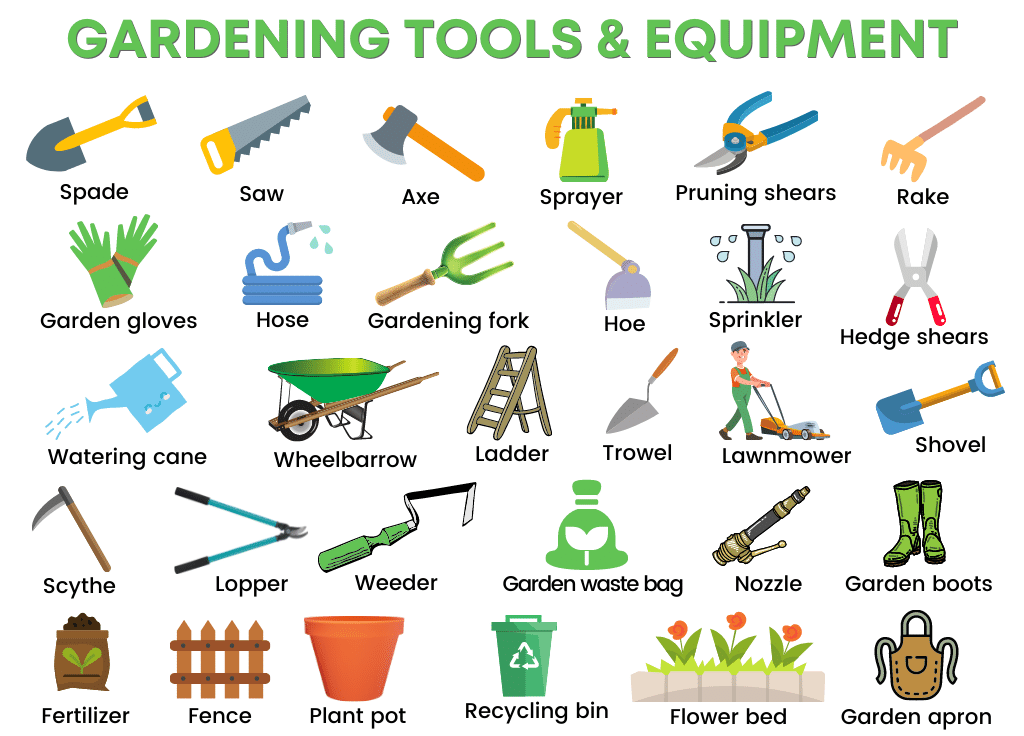
Now that we’ve covered why investing in quality gardening tools is so important, let’s dive into the different types of tools and equipment you might need for your gardening adventures.
From hand tools to power tools and specialty items, there’s a whole world of gardening gear out there. Let’s break it down, shall we?
Hand Tools for Gardening
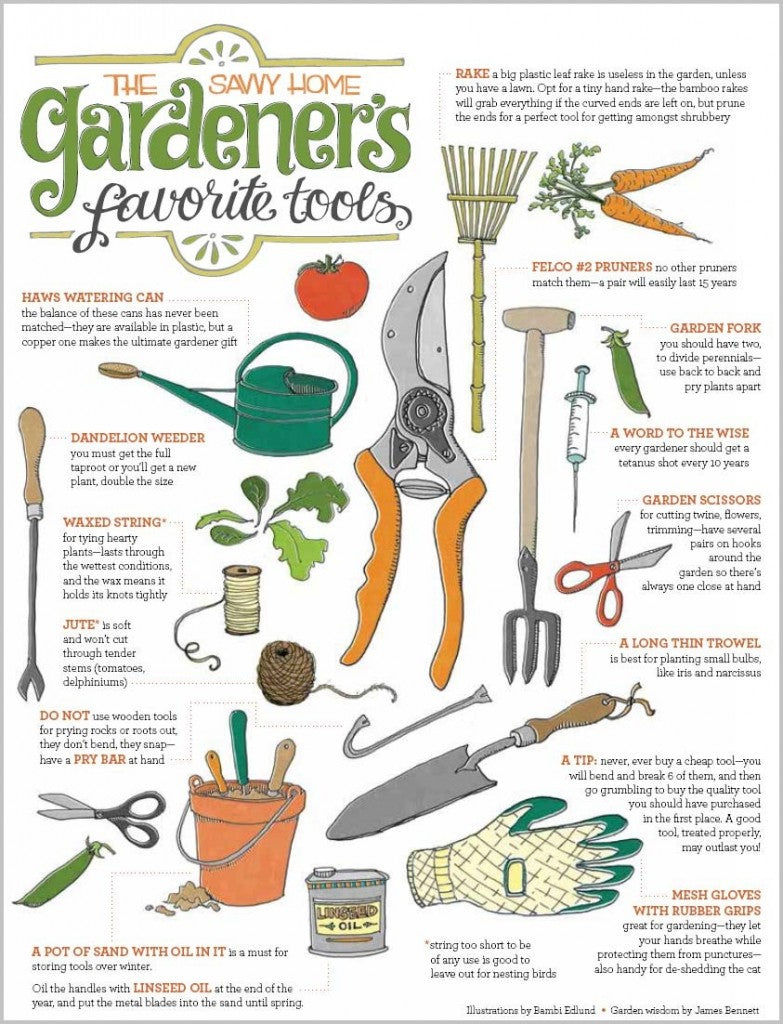
Hand tools are the bread and butter of any gardener’s toolkit. These are the tools you’ll reach for on a daily basis to tackle a wide range of tasks, from planting and transplanting to pruning and weeding.
Some of the must-have hand tools include:
- Trowels: These small, handheld tools are perfect for planting seedlings, transplanting, and digging small holes.
- Pruners: Also known as secateurs, these sharp shears are essential for trimming and shaping plants, as well as cutting back dead or overgrown foliage.
- Loppers: For tackling thicker branches and stems, loppers are a gardener’s best friend. They provide the extra leverage and cutting power you need.
- Hoes: Hoes are invaluable for keeping weeds at bay and preparing soil for planting. They come in a variety of shapes and sizes to suit different needs.
- Rakes: From leaf rakes to garden rakes, these tools are great for clearing debris, leveling soil, and creating smooth, even planting beds.
Power Tools for Gardening
While hand tools are essential, there are also some powerful electric and gas-powered tools that can make your gardening tasks a breeze.
Some of the most useful power tools for gardeners include:
- Lawn mowers: Whether you have a small patch of grass or a sprawling lawn, a reliable lawn mower is a must-have.
- Trimmers and edgers: These tools help you maintain crisp, clean edges around your lawn, garden beds, and pathways.
- Chainsaws: For tackling larger pruning or tree removal jobs, a chainsaw can be a real lifesaver.
- Tillers: If you’re working with heavy, compacted soil, a tiller can help you break it up and aerate it, preparing the perfect planting bed.
- Leaf blowers: Clearing leaves, twigs, and other debris from your garden and pathways is a breeze with a good leaf blower.
Specialty Tools for Gardening
In addition to the basic hand tools and power tools, there are also some more specialized gardening tools and equipment that can be incredibly useful.
Some examples include:
- Soil testing kits: These handy kits allow you to analyze the pH and nutrient levels of your soil, so you can amend it accordingly.
- Seed starting trays and grow lights: If you’re into seed propagation, these items can help you get a head start on the growing season.
- Greenhouse equipment: For those with the space and climate to support a greenhouse, the right equipment can extend your growing season and protect your plants.
- Irrigation systems: Automated watering systems, such as drip irrigation or sprinklers, can save you time and ensure your plants stay hydrated.
- Composting bins: Turning your organic waste into nutrient-rich compost is a game-changer for your garden’s health.
Tips for Maintaining and Storing Gardening Tools
Proper tool maintenance is crucial for keeping your gardening gear in top shape. Here are some tips to help you care for your gardening tools:
Cleaning and Sharpening Tools
After each use, be sure to clean your tools and remove any dirt or debris. Use a wire brush or rag to wipe down the blades and handles. This will prevent rust and ensure your tools stay in good working condition.It’s also important to sharpen your tools regularly. Blades like pruners, loppers, and hoes will become dull over time with regular use. Use a sharpening stone or file to keep them nice and sharp. Sharp tools make gardening tasks much easier and more efficient.
Oiling Moving Parts
Apply a light coating of oil to the moving parts of your tools, such as the hinges on pruners or the joints on loppers. This helps prevent rust and wear, keeping your tools functioning smoothly.
Proper Storage
When you’re done gardening for the day, store your tools in a dry, organized space, like a shed or garage. Avoid leaving them out in the elements, as exposure to moisture and extreme temperatures can cause damage over time.Consider investing in a tool storage system, like a pegboard or toolbox, to keep everything neatly arranged and easy to access. This will also help protect your tools from getting lost or damaged.
Winterizing Tools
At the end of the growing season, take some extra steps to prepare your tools for winter storage:
- Clean and dry tools thoroughly
- Apply a light coating of oil to metal parts
- Store tools in a cool, dry place away from moisture
- Bring any battery-powered tools indoors
Taking good care of your gardening tools will ensure they last for years to come and continue to make your gardening tasks a breeze. With just a little bit of maintenance, you can keep your tools in tip-top shape



